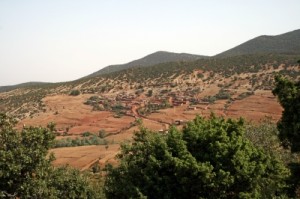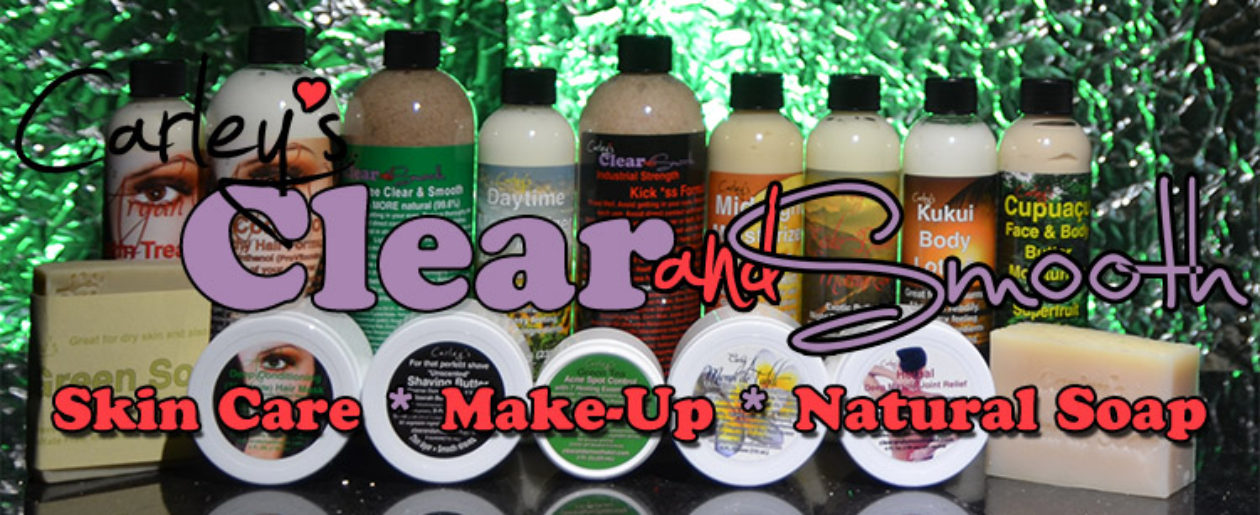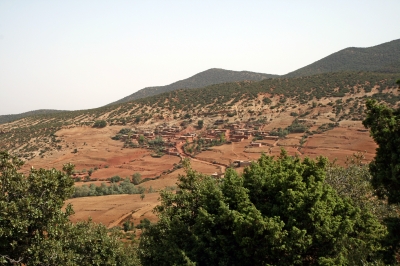When Moroccans think of liquid gold they aren’t thinking about petroleum oil. In the small region of Morocco, the thorny Argania Spinosa tree produces a fruit bearing one of the most lucrative oils in the world – Argan oil. This oil has been known to treat everything from discolored skin to improved elasticity and suppleness in skin.

Argan oil contains Vitamin E, Carotenes, Squalene and essentially fatty acids. These components heal scar tissue (especially acne scars), treat psoriasis, eczema and even helps undo UV damage to the skin. This oil is even used to improve conditioning in the hair.
As this recent article spotlights, the number of cosmetics that advertise the use of Argan oil has skyrocketed. Two in 2007 to 111 in 2011. The reason why I bold that? The amount this rare, exotic oil is used is usually nil. What’s more appealing than claiming to use a rare, expensive oil from an exotic location? Especially when they only need to (technically) put a few drops in. This is unlikely to demonstrate any of the real benefits of that Argan oil provides.
If a few drops are unlikely to do the trick pure Argan oil must be best, right? Wrong. The oils need a carrier to penetrate deep in the skin. That is what a proper moisturizer does (a silicone-based moisturizer will block most absorption). Choosing between a pure oil and a moisturizer with only a tiny amount is choosing between the lesser of evils. Carley’s Tamanu Cream uses about 5% Argan Oil. And we don’t even advertise the oil!
I first heard about Argan oil from a Mroccan friend that happened to import this oil. It took nothing but a quick pitch for me to have product ideas swirling through my head. Moroccans have used the oil for centuries to treat in particular damaged skin – How about a discoloration cream? An acne scarring cream? Maybe a hair product in the future?
In it’s purest form, the oil is semi-solid while refrigerated. Many oil importers dilute it with cheaper oils. We don’t touch these cheap variations. The Argania Spinosa tree is extracted by native Moroccan women by hand. By peeling the outer layer of the fruit and pounding the the center with a rock, the oil can be extracted from kernels. This is a major source of income for the Berber tribe in Southern Morocco where the income is redistributed – mostly among women. It is estimated that over three million people receive income from Argan oil extraction!
One of the most interesting things about this wonder oil is the tree that bears it’s fruit. Grown in the desert, goats are known to “climb” these trees to reach the precious fruit it bears. Don’t worry about the environmental footprint of this tree. This tree is farmed locally by villages and constantly regrown. No goats were harmed in the making of this post!

